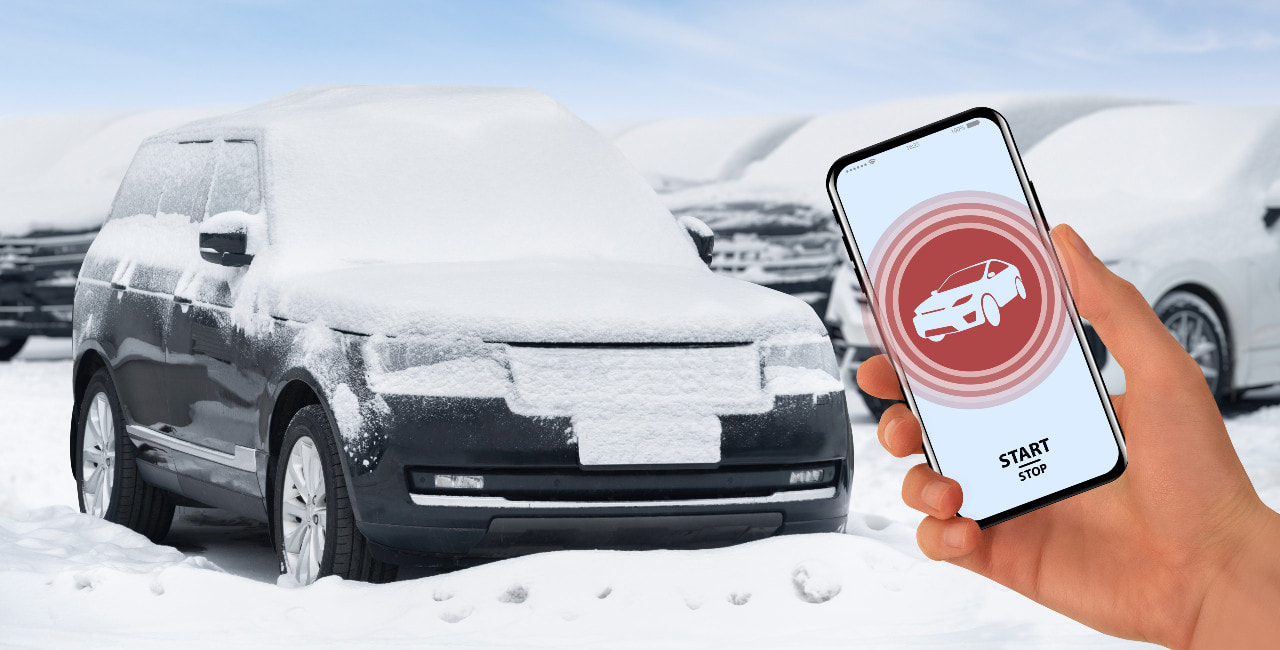How to Care for Your Car’s Transmission in the Cold Winter Months
Everyone always talks about the importance of not letting your transmission overheat in the summer. However, the cold can also wreak havoc on a transmission. Along with the cold winter air comes a multitude of unique problems for your car’s transmission. The colder the temperatures and the longer you drive, the worse the impact is on your vehicle. We’ll further discuss how the cold temperatures impact your car’s transmission and how to properly care for it in the winter. Although you can’t control the weather, you can take steps to lessen the damage it does to your car.
The Cold Weather’s ImpactContraction
Low temperatures cause the parts of the transmission to contract. When things contract, they get smaller, resulting in components loosening up. Contraction can also cause parts to wear faster and leaks to develop because the seals shrink and harden.
Viscosity Changes
Cold temperatures bring changes in the viscosity of the fluid. An ideal temperature for a transmission is 175 degrees, give or take 25 degrees. Anything colder causes the fluid to thicken, making it hard for it to move around freely. Fluid won’t properly lubricate the parts if it’s too cold. If the fluid is too thick due to the weather or sludge, the pressure as it tries to move leads to leakage.
Shifting Concerns
Cold temperatures mean the transmission will shift harder. Hard shifts create increased pressure on various parts and that leads to an increased risk of failure in the future.
Delayed Overdrive
Your vehicle’s computer may delay the ability to use overdrive until the transmission reaches the optimal operating temperature. Not only does this impact your comfort while driving, but it accelerates the usage and pressure on the forward gears.
Freezing
Water in the transmission is never a good thing, but since it freezes at just 32 degrees, it can result in substantial damage. As the water freezes and expands, it can create cracks in the case and valve body in the transmission. If those cracks appear, the transmission likely can’t be rebuilt and will need to be replaced.
The gears can also freeze, which leads to slipping. In addition to the costly damage to a transmission, gears slipping unexpectedly while driving can be extremely dangerous, especially if coupled with hazardous road conditions like snow or ice. What You Can DoPark Under a Covering
Storing your car in the garage is always best in the winter, but that’s not always an option for everyone. Covered carports or parking spots can also protect the car from the ice and snow. If you don’t have any of those options, there are pop-up carports similar to tents that protect your car.
Warm Up Your Car
Even if your car is garage-kept, let the engine warm up. After starting up your car, allow it to sit and warm up before putting it in drive. Don’t let it idle for too long because your car won't be able to properly send the fluid needed to properly grease the internal parts. It’s also important to start your car for a few minutes every few days if you aren’t driving it because of snow or other reasons. Electric engine warmers are a good alternative to running the car. They plug directly into the wall and heat up your car’s engine.
Drive Slowly
After warming up your engine, it’s still important to drive slowly for the first few miles so the transmission can properly warm up and the fluids can lubricate the parts.
Use a Synthetic Fluid
Synthetic transmission fluids tend to retain their specs in cold weather conditions and work better than regular fluid. You’ll need a synthetic fluid specifically formulated to work in your vehicle. It’s important to note, not all transmissions are compatible with a synthetic fluid, but the majority of later model vehicles are. It’s always best to check with a professional if you’re unsure which fluid your vehicle requires.
When you feel it’s necessary to adjust your home’s thermostat because of dropping temps, it’s also a good idea to have your car’s transmission checked by Best Western Transmission to ensure it’s ready for the winter. Best Western Transmission has been proudly serving the Colorado Springs area since 1975.
0 Comments
Leave a Reply. |
©
Best Western Transmission
Terms of Use | Privacy Policy | Accessibility
Terms of Use | Privacy Policy | Accessibility


 RSS Feed
RSS Feed








